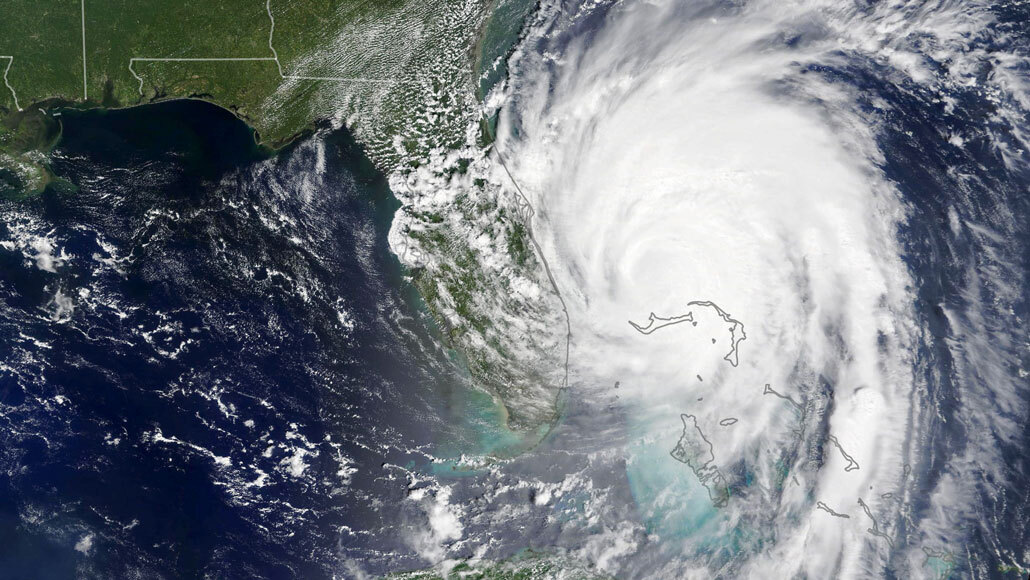
Hurricane Dorian, shown here on Sept. 3, 2019, barreled into the Bahamas as a Category 5 storm before weakening as it moved toward the United States.
Lauren Dauphin/NASA Earth Observatory, using MODIS data from LANCE/ NASA EOSDIS and Worldview/GIBS

Hurricane Dorian, shown here on Sept. 3, 2019, barreled into the Bahamas as a Category 5 storm before weakening as it moved toward the United States.
Lauren Dauphin/NASA Earth Observatory, using MODIS data from LANCE/ NASA EOSDIS and Worldview/GIBS